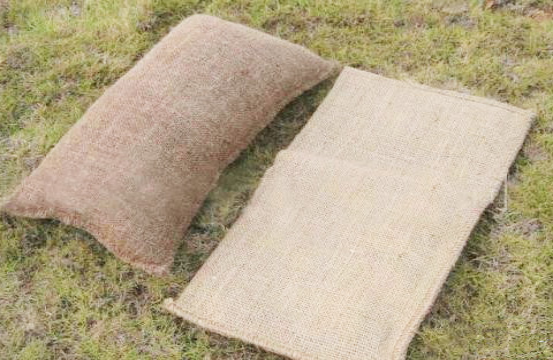Specifications for Jute Rope Characteristics and Applications in Various Industries
Understanding Jute Rope Specifications
Jute rope, a natural fiber rope made from the jute plant, has been utilized for centuries due to its versatility, strength, and biodegradability. Primarily produced in countries with humid tropical climates, jute is one of the most affordable and eco-friendly fibers available. Jute rope specifications are crucial for manufacturers, suppliers, and end-users to ensure the quality and functionality of the product. This article delves into the key aspects of jute rope specifications, including its physical properties, production process, applications, and advantages.
Physical Properties of Jute Rope
Jute rope varies in thickness, strength, and color, depending on its intended use. Typically, jute ropes are classified into two types twisted and braided. The twisting or braiding process contributes to the rope's overall strength and durability.
1. Diameter and Weight Jute ropes come in various diameters, ranging from 6mm to 20mm or more. The weight of the rope is determined by its length and diameter. It's imperative for industries to specify these dimensions based on their specific requirements.
2. Breaking Strength The breaking strength of jute rope generally falls between 100 to 300 kg, depending on the rope's construction and diameter. This metric is crucial for applications where heavy loads are involved, such as construction or shipping.
3. Moisture Resistance Although jute is a natural fiber, it does possess some degree of moisture resistance. However, jute ropes should not be submerged in water for extended periods as this can weaken the fibers. Manufacturers often provide guidance on the care and maintenance of jute ropes to enhance their longevity.
4. Color and Finish Jute ropes are typically found in their natural golden-brown hue. However, they can also be dyed or treated with various finishes to enhance their aesthetic appeal and resistance to environmental factors.
Production Process
The production of jute rope involves several stages, from harvesting the jute plant to finishing the final product.
1. Harvesting Jute fibers are extracted from the jute plant, usually harvested during the rainy season when the plants are at their peak growth.
2. Retting The fibers undergo a retting process, where they are soaked in water to remove the non-fibrous impurities. This step is crucial, as it determines the quality of the fibers.
3. Spinning Once the fibers are clean, they are spun into yarn. The spinning process is vital to ensure that the ropes have the desired strength and flexibility.
jute rope specification

4. Twisting/Braiding The spun yarn is twisted or braided to create the rope. This process may vary depending on the specifications required for different applications.
5. Finishing The final step involves treating the rope with preservatives or conditioners to enhance durability and resistance to environmental factors.
Applications of Jute Rope
Jute ropes are incredibly versatile and can be used in various applications, such as
- Agriculture Used for tying plants, securing crops, and other farming tasks. - Packaging An ideal choice for wrapping and securing products due to its natural aesthetic and biodegradability. - Furniture Jute ropes can be employed in making eco-friendly furniture, particularly in the craft and artisan sectors. - Construction Used for lifting and securing materials on construction sites.
Advantages of Using Jute Rope
The use of jute rope offers numerous benefits over synthetic alternatives
1. Eco-friendly Jute is biodegradable and poses no threat to the environment once disposed of, making it an excellent choice for eco-conscious consumers.
2. Cost-effective The affordability of jute compared to synthetic fibers makes it an attractive option for bulk purchases.
3. High tensile strength With robust breaking strength, jute ropes are reliable for heavy-duty applications.
4. Natural look The rustic appearance of jute adds a unique touch to various projects, from gardening to home décor.
Conclusion
Understanding jute rope specifications is essential for anyone involved in its production, sale, or application. From the raw material's physical properties to the final product's intended use, knowing the specifications ensures that the right type of jute rope is used for each application. As the world moves towards sustainable choices, jute rope stands out as a premier option, merging functionality with ecological responsibility. By adhering to relevant specifications and production standards, industries can harness the potential of jute ropes while contributing positively to the environment.
Share
-
The Best Lubricants for Aluminum Roller GuidesNewsJul.23,2025
-
Slitting Machine Applications in the Packaging IndustryNewsJul.23,2025
-
Rolling Roller Balancing Techniques for Smooth OperationNewsJul.23,2025
-
How To Optimize An EV Battery Assembly LineNewsJul.23,2025
-
Energy Efficiency in Modern Battery Formation EquipmentNewsJul.23,2025
-
Automation Trends in Pouch Cell Assembly EquipmentNewsJul.23,2025







